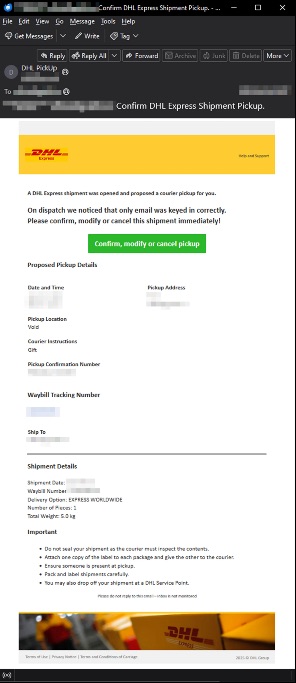

https://www.scoop.co.nz/stories/BU2506/S00523/missed-package-scam-fooling-thousands.htm
|
| ||
“Missed Package?” Scam Fooling Thousands |
||
Package delivery scams are relentless, and no longer focus on shopping seasons and Christmas. NZ Post delivered more than 81.9 million courier parcels in the 12 months to 1 April 2024. Many Kiwis get too many packages to keep track of, and that’s exactly what scammers are counting on.
Delivery scams are evolving, and these days they can appear quite subtle. Look for these signs:
Below is an example.

The email doesn’t stand out particularly at first glance. And that’s exactly why this example is so interesting: it strikes a balance between appearing legitimate and hiding the usual red flags often found in scam emails. One quick trick to check if an email is fake is to look at the sender’s address. Does it really come from DHL or something odd like info@ioxr.art?
Looking further into the email body, there’s a button that clearly encourages the user to click and proceed. It’s designed to appear as though it will take the recipient to DHL’s official tracking page.

The link actually goes to a site hosted on IPFS — a system that makes it hard to take things down, which is exactly why scammers love it. While this makes it harder to take malicious content offline, it also raises a red flag — this is not where you’d expect a legitimate DHL email to direct you.
Since IPFS is compatible with modern browsers, it opens a landing page. The page doesn’t display much information at all, but it personalises the scam by pre-filling the login field with the recipient’s email address. That’s a subtle but clever touch — it adds just enough legitimacy to convince some users to proceed.
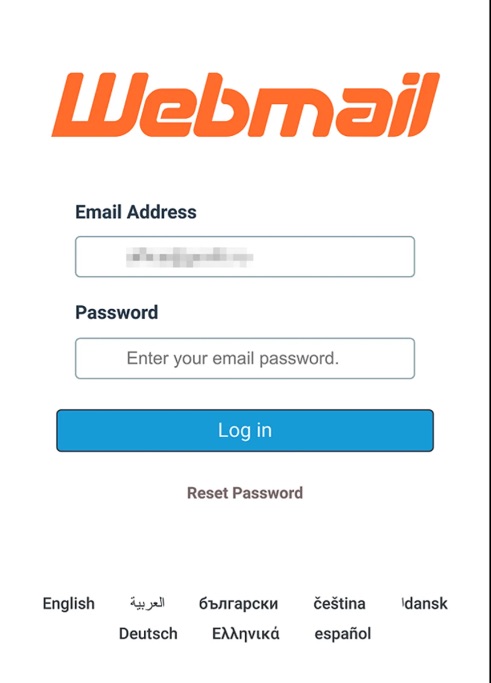
The site even blocks right-clicking so you can’t inspect the code — a common trick scammers use to hide what they’re really doing.
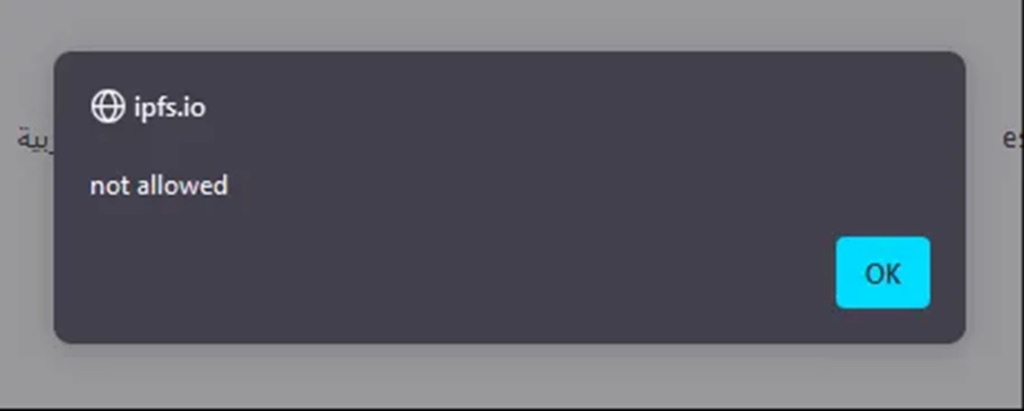
The language selection links at the bottom are non-functional — clicking them does nothing. But most users won’t bother to test those, so they serve a purely visual purpose: to make the site look more legitimate and avoid raising suspicion.
At first glance, most of the code is dedicated to CSS styling — which is unusual, as this would typically be loaded from external files. Embedding so much CSS directly into the page is a strange choice and already raises some suspicion. But beyond the formatting, there are several indicators that strongly suggest this is a phishing site.
The distribution of this scam shows New Zealand and Australia are real targets.
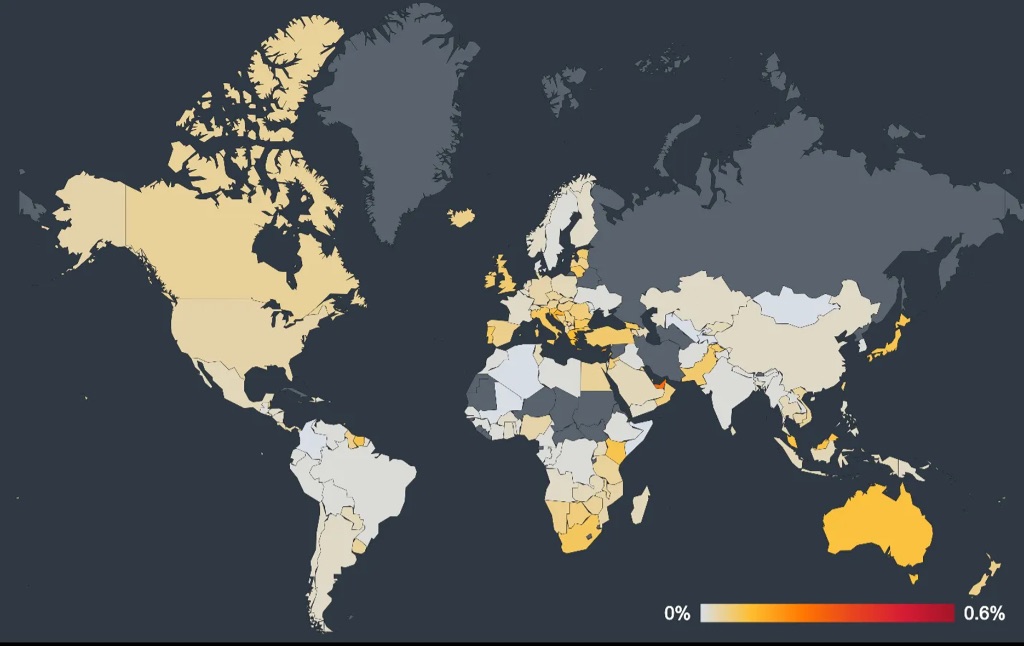
Due to the generic nature of the landing page and the broad appeal of the phishing message, this scam can be deployed almost identically worldwide. This increases the attackers’ chances of success by allowing them to trick users in multiple regions into handing over their credentials — which can then be repurposed for more targeted, high-value attacks.
The threat is steadily increasing. The dips visible in the data typically correspond to weekends, suggesting that the most successful day to launch an attack is Monday — when people return to full inboxes and are still easing into the workweek. Aside from this pattern, the threat remains consistent and persistent. Gen cybersecurity experts fully expect this scam, or variations of it, to continue appearing now and in the foreseeable future.
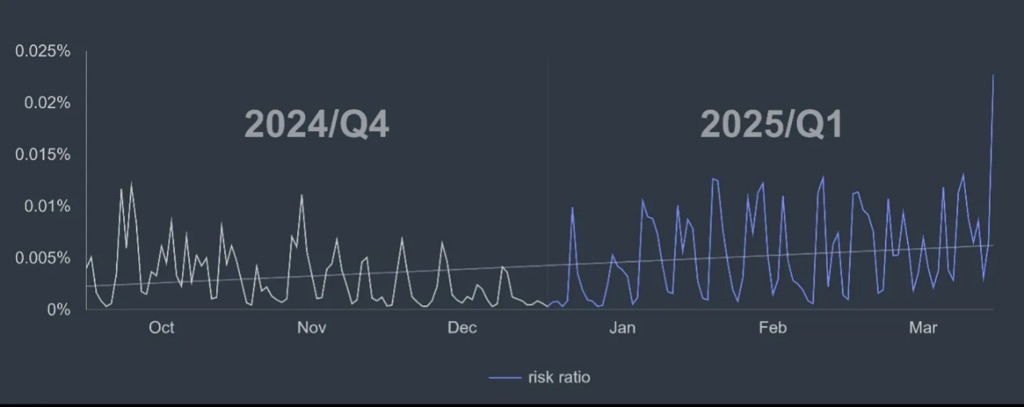
Kiwis can protect themselves against these scams in five easy ways:
Email scams aren’t going away, but staying alert can keep you safe. Before you click, take a breath, check the sender, and when in doubt, go straight to the company’s official website.
About Gen
Gen (NASDAQ: GEN) is a global company dedicated to powering Digital Freedom through its trusted consumer brands including Norton, Avast, LifeLock, MoneyLion and more. The Gen family of consumer brands is rooted in providing financial empowerment and cyber safety for the first digital generations. Today, Gen empowers people to live their digital lives safely, privately and confidently for generations to come. Gen brings award-winning products and services in cybersecurity, online privacy, identity protection and financial wellness to nearly 500 million users in more than 150 countries. Learn more at GenDigital.com.
Credited to: Mark Gorrie, Norton Managing Director APAC.
Home Page | Business | Previous Story | Next Story
Copyright (c) Scoop Media